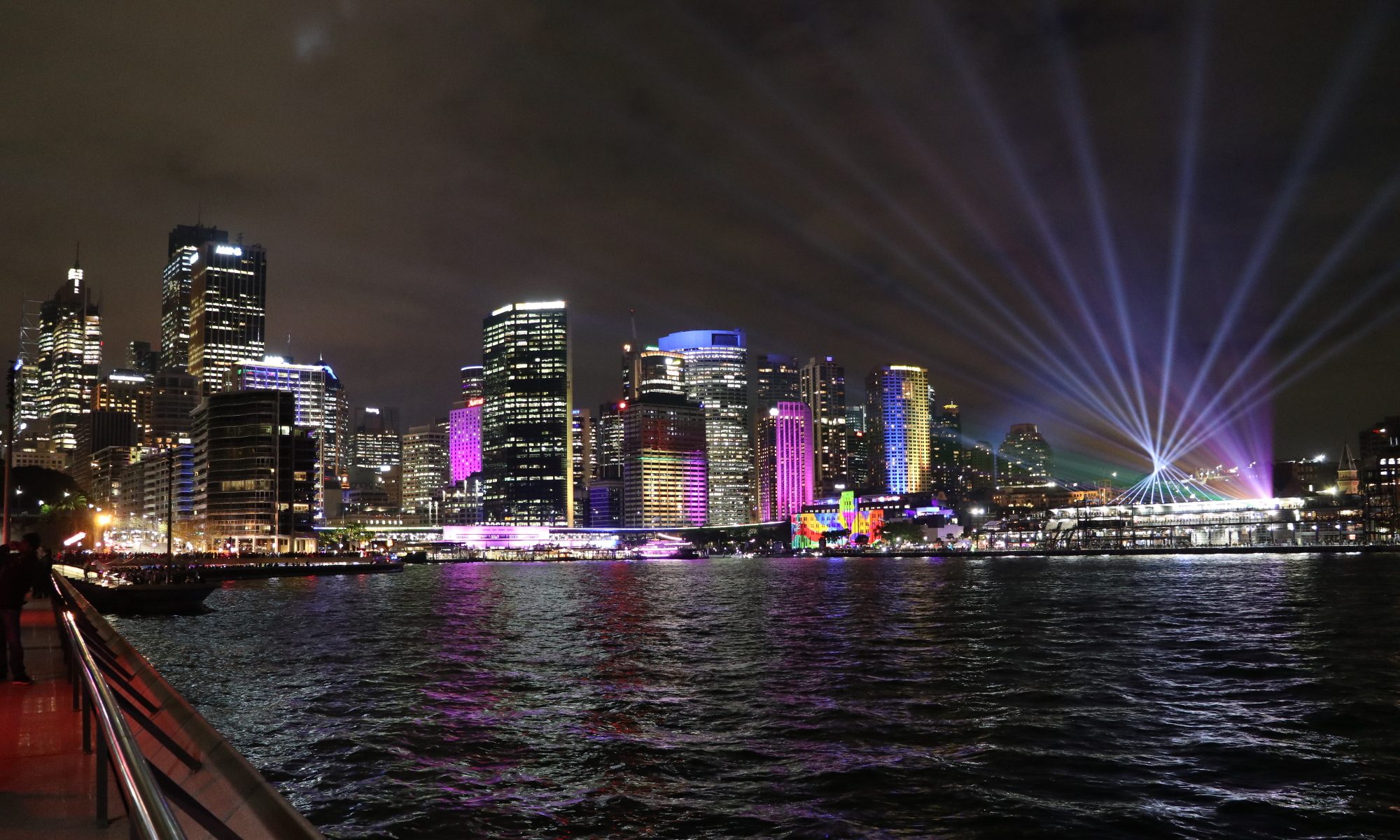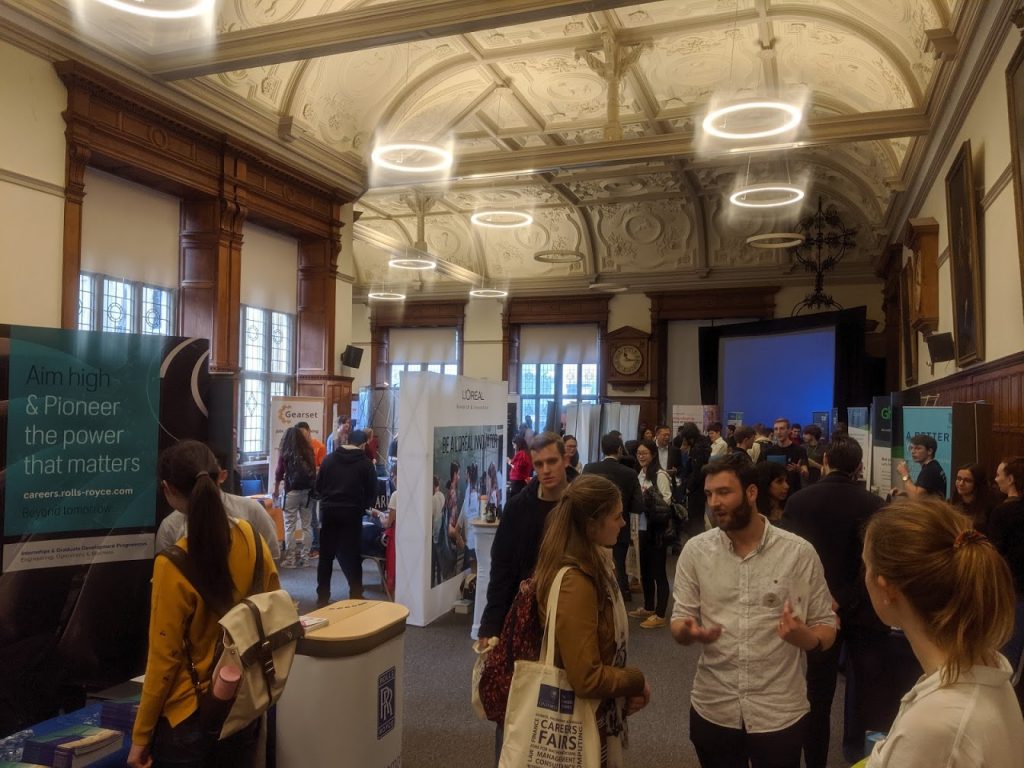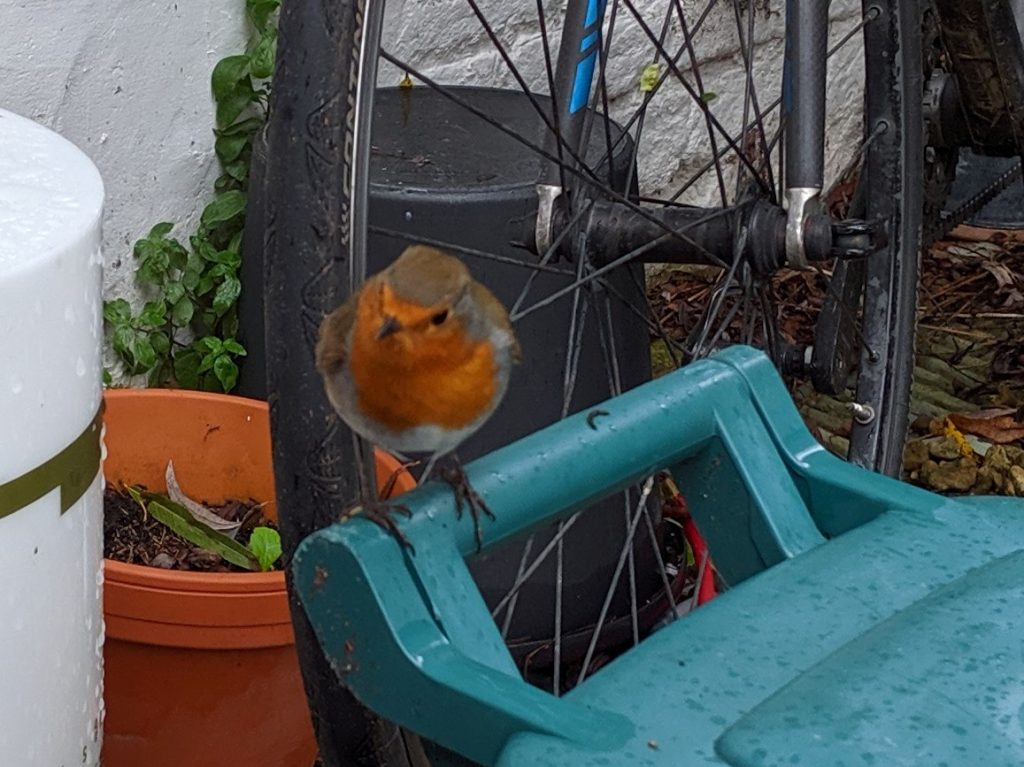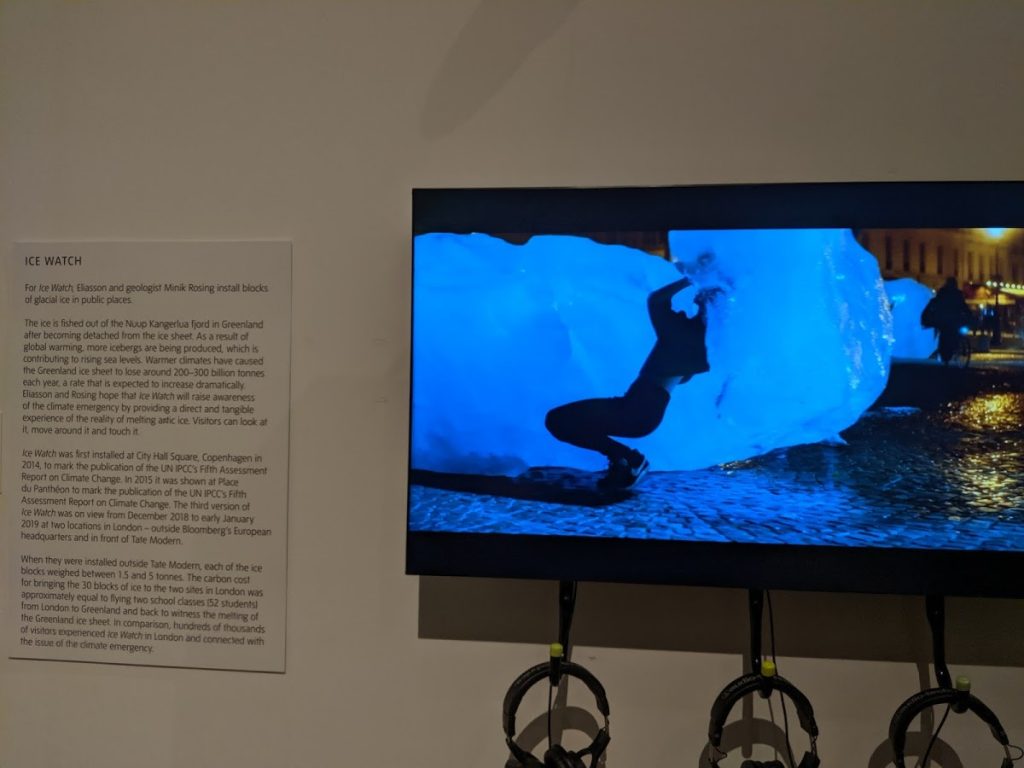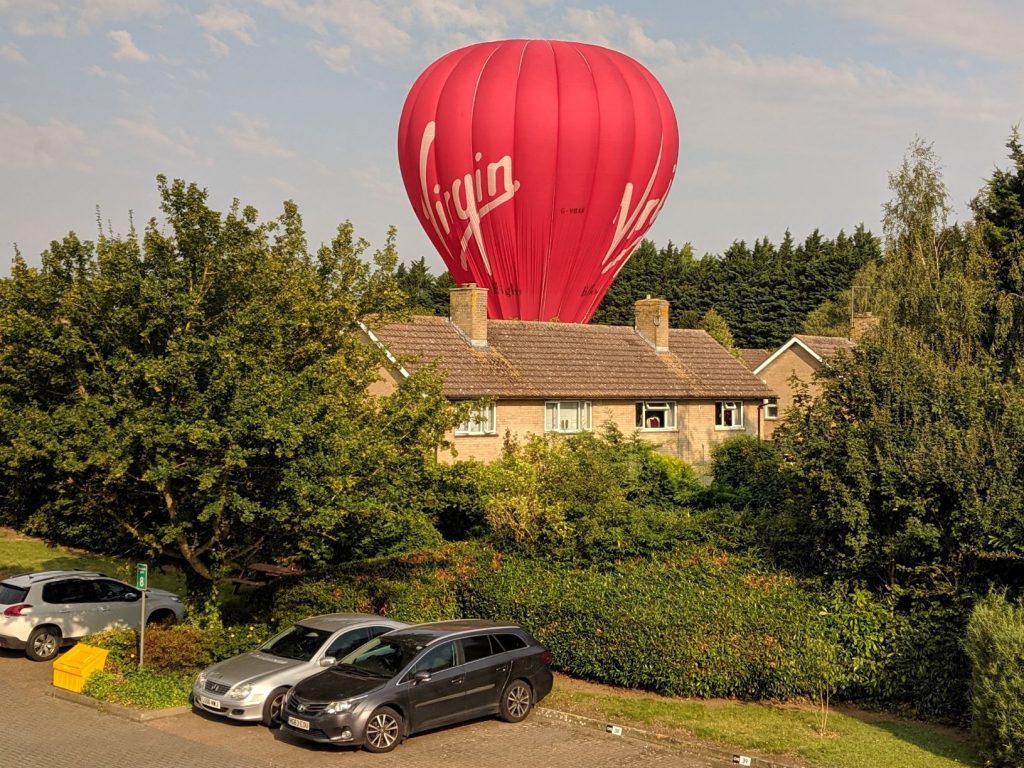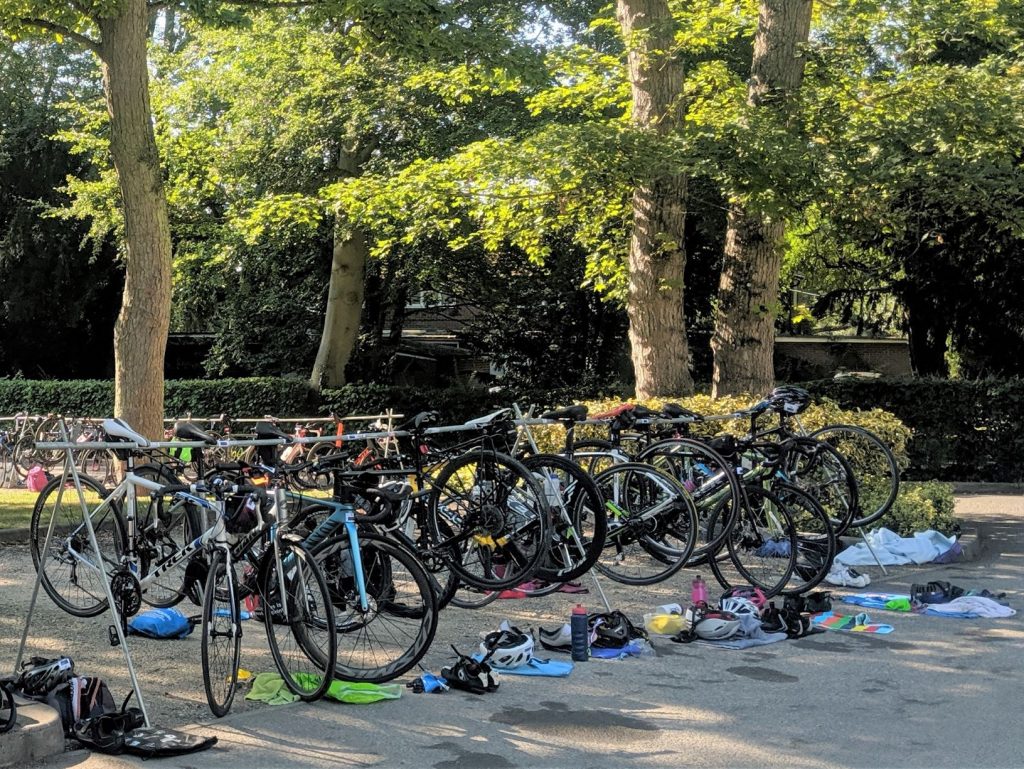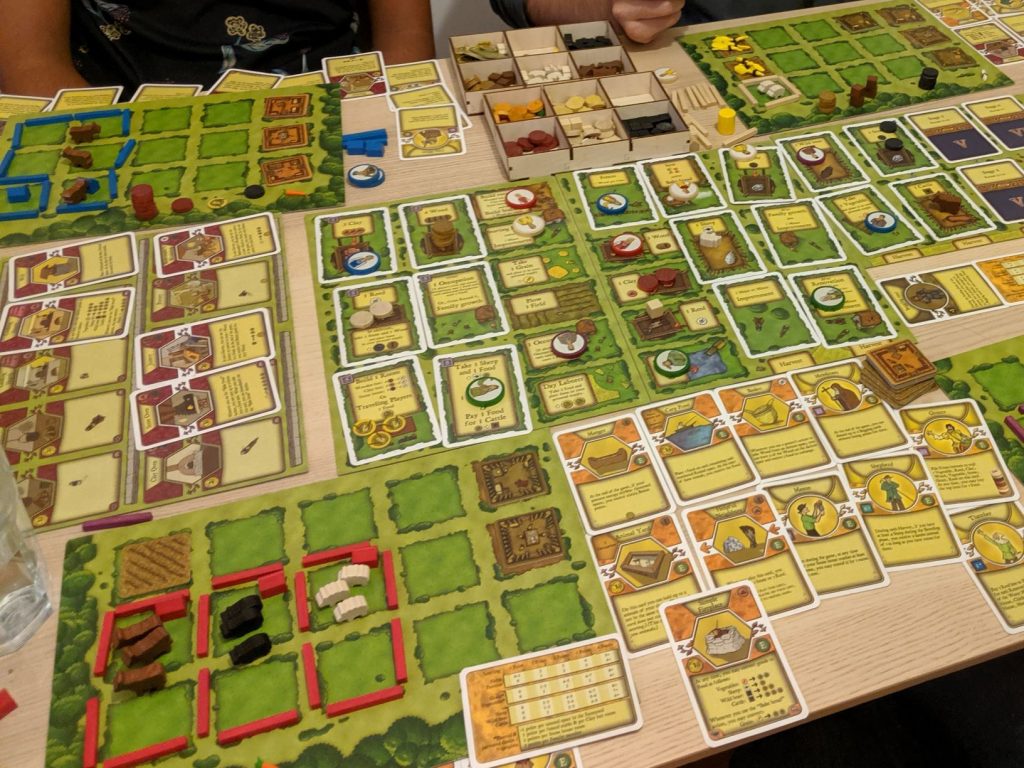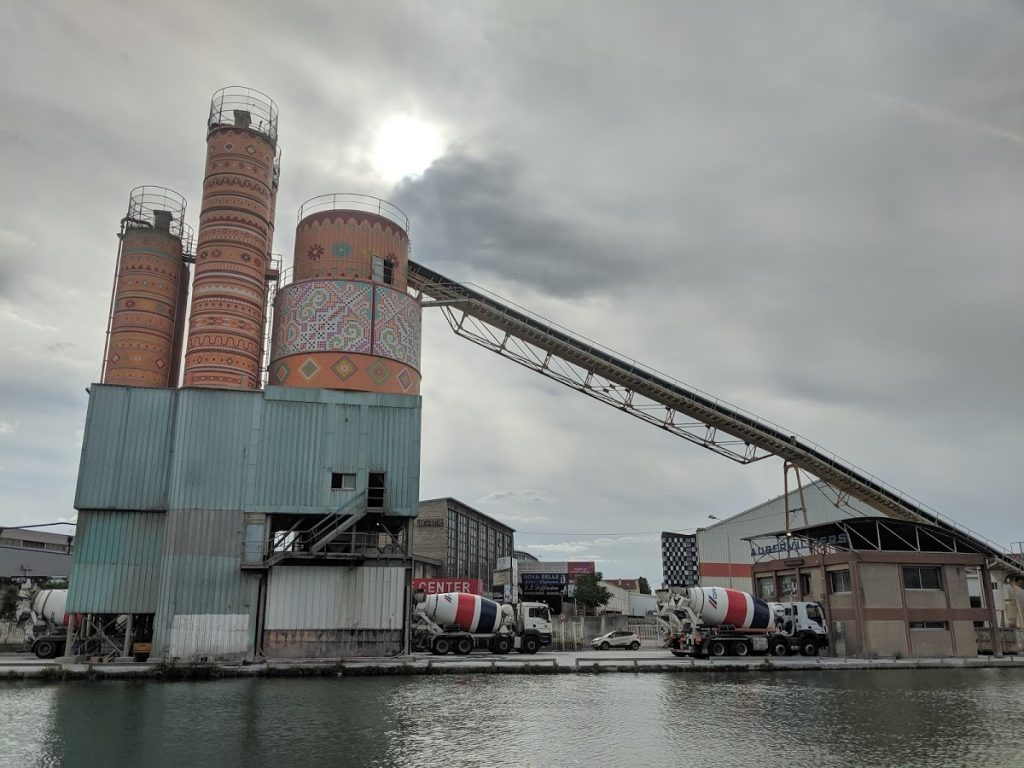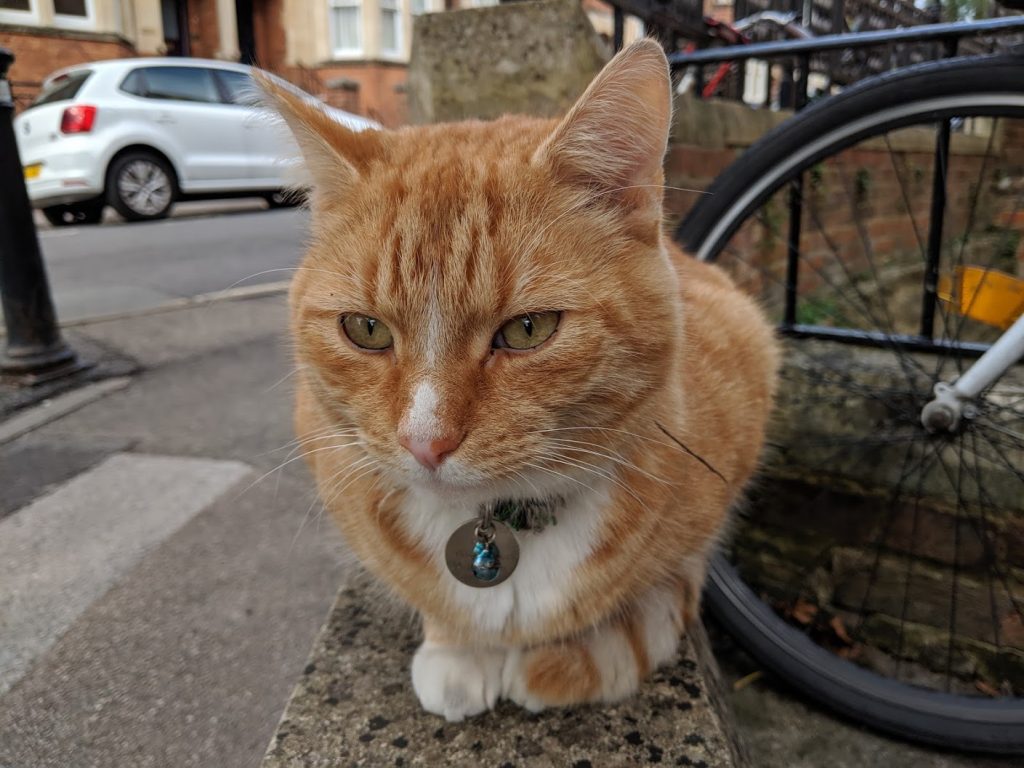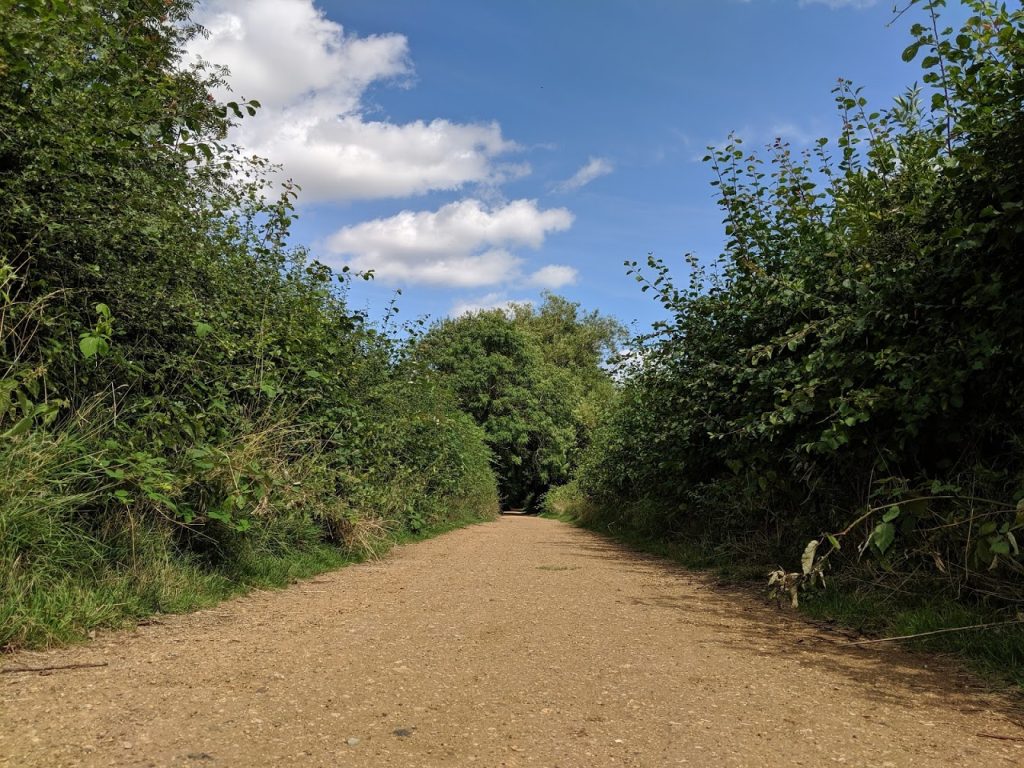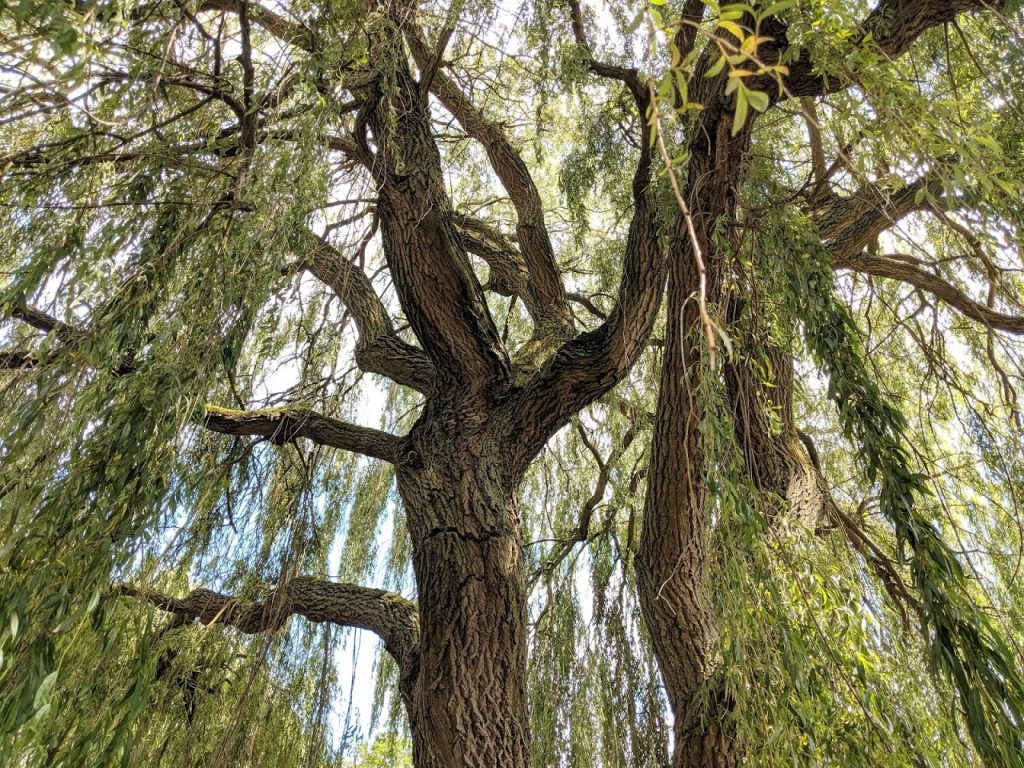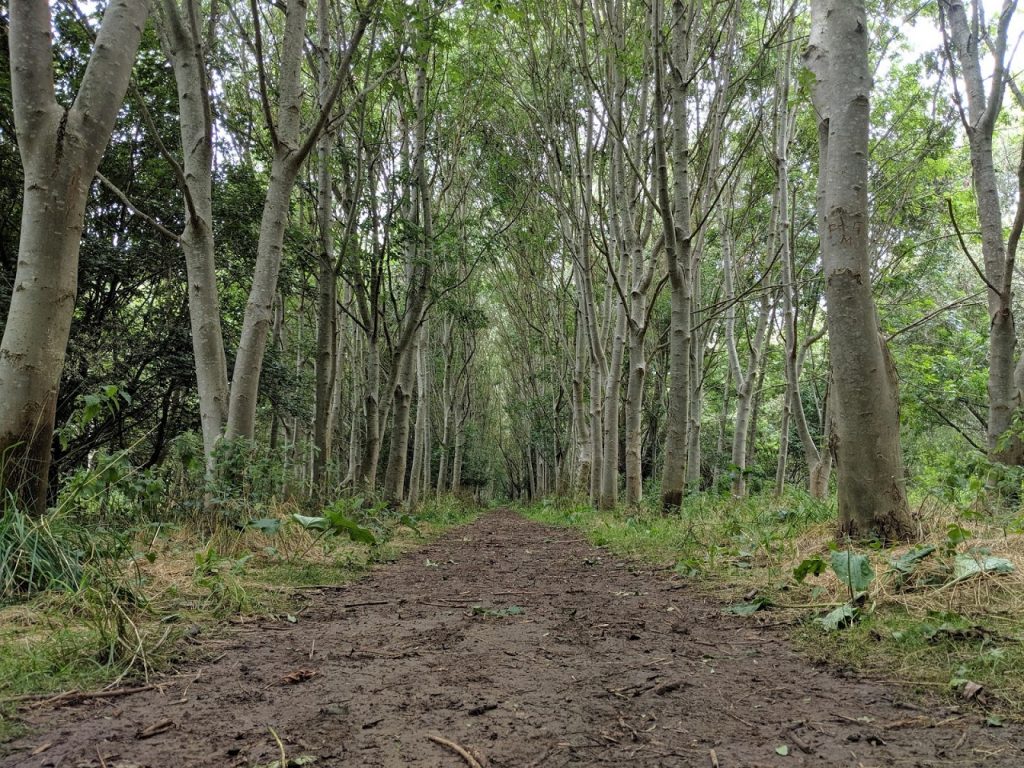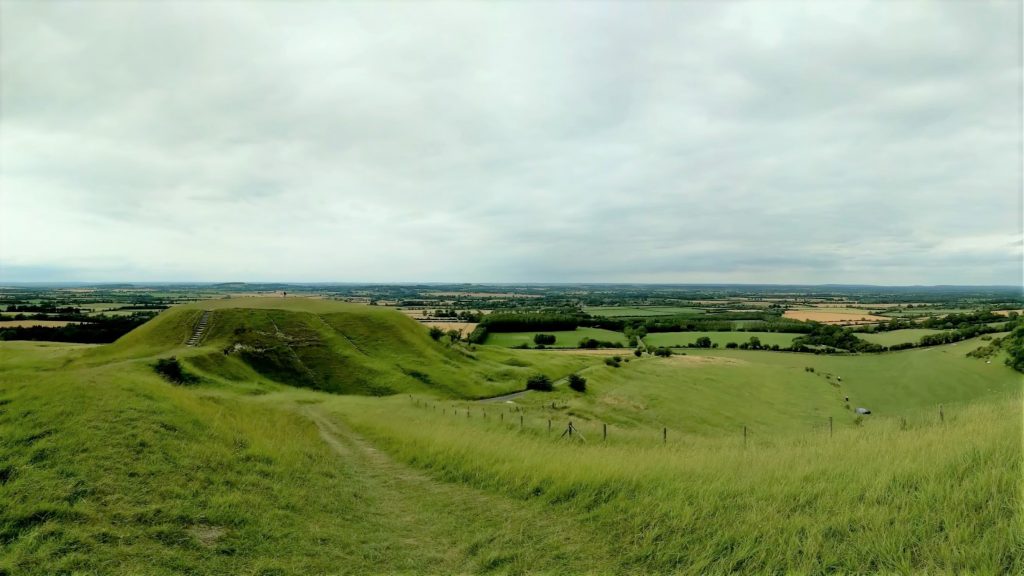Short version: Thoughts prompted by recent news about migration. Some very brief notes on nutrition and technology news.
Long version:
Migrants
Content warning: if you’re having a bad day, maybe skip this one:
Context
Since it was revealed that the 39 people who died in a refrigerated lorry container were Vietnamese nationals attempting to illegally enter the UK, I’ve been thinking a lot about migrants. There are a number of things to unpack here, and I find it hard to tell if I am more hesitant because I lack expertise on the topic, or I find the exercise emotionally confronting.
Scale
I have written about how data can be unsympathetic. Just as mass shootings are powerful examples of a larger gun violence problem, so too are the 39 dead migrants a shocking but statistically small part of a much larger issue. The missing migrant program attempts to track data, and in 2016 there were 39 fatalities every two days for the entire year. These recent deaths make up a small fraction of the 2,589 total for 2019 so far.
Emotions
In some ways the idea of sneaking into the United Kingdom in a truck with 38 other people is utterly alien, and in other ways it is entirely relatable. The tension between those extremes creates some difficult emotions. I am a migrant, as are my siblings, my parents, most of my friends and colleagues. I know the desire to go to foreign lands to seek out opportunities, to live a more comfortable life, but only from a position of immense privilege where I take little risk in fulfilling those desires. Meanwhile I owe my existence to my parents who fled difficult times in the lands of their birth.
I found the following image most disturbing:
The last message from Pham Thi Tra My, 26, was sent to her family at 22:30 BST on Tuesday – two hours before the trailer arrived at the Purfleet terminal from Zeebrugge in Belgium.
From BBC article Essex lorry deaths: Appeal to Vietnamese over victims’ identities
Her family have shared texts she sent to her parents which, translated, read: “I am really, really sorry, Mum and Dad, my trip to a foreign land has failed.
“I am dying, I can’t breathe. I love you very much Mum and Dad. I am sorry, Mother.”
Pham Thi Tra had a smartphone, just like mine or yours. A piece of technology that could connect her with nearly any human on the planet. She could communicate with her parents half the world away from that refrigerated container, but could not call someone meters away to open it, to save her life and the lives of her fellow travellers. In a globally connected world she could trivially access so much information, and she decided the dangerous journey to the UK was worth the risk.
Justice
I am conflicted. Laws restricting migration that mean desperate people risk their lives to cross borders in such dangerous ways. These laws seem to exist to protect my quality of life and privilege at the expense of opportunities for others. I believe human beings should be of equal value be they born in Hanoi or Hobart, but the harsh economic reality is they are not. It seems unjust that laws exist to prevent them from pursuing the same quality of life, however if I were given the opportunity to open all borders around the world, I would hesitate. I do not know what such a world would look like, for example people might rush towards centers of wealth only to be crushed by competition with one another for those opportunities.
Some other unstructured thoughts about migrants:
Language:
The words we use around migration is not trivial. We tend to call wealthy migrants expats, (short for expatriate), compared to the derogatory connotations of “immigrant”. In Australia “asylum seekers” are often connected to “boat people“, perhaps in comparison to aeroplane people?
IOM Publications
Photos by Amanda Nero gave me some more insight into the camps around Calais. They also produce comprehensive reports.
Migrants Make Things Better
McKinsey and the UN conclude some significant positive effects of migration.
Australia
Australia has shockingly hypocritical views on immigration for a country overwhelmingly populated by non-native peoples. Some data on migration flows in Australia.
Scientific Advisory Committee on Nutrition (SACN)
I’m taking vitamin D supplements this winter, due largely to this pretty long report about vitamin D which feeds into the NHS recommendation. I would like to research and write in more detail about the authors and research behind such reports, but considering what is Changing My Mind, the authority of the government, academic, and health care institutions linked to the SACN reports is convincing.
Technology News
Science Fiction Settings:
Blade Runner was set in November 2019.
Asthma:
The NHS is thinking about the carbon cost of different inhalers.
Starcraft
AI is getting good at StarCraft II.
Google Buys Fitbit
The press release from Fitbit. Engadget article. DCRainmaker blog post. 2 billion dollars is a lot of money, but it is substantially less than the peak of Fitbit at nearly 10 Billion shortly after its IPO (see chart below). It doesn’t feel that long ago that Fitbit acquired Pebble, a maker of e-ink smart watches and a rarely successful kickstarter project.

